EAT 5 MEALS A DAY WITH A SCIENTIFIC DIET
Nutrition, training and psychology are three of the most important factors that contribute to the success of professional athletes in sports. In developed sports, nutrition is given special attention and investment. World-class athletes always have specialized diets, with daily menus designed to suit their physical condition, absorption capacity, eating habits, as well as nutritional needs for each stage in the training and competition cycle to achieve the highest efficiency.
According to research by the University of Chicago (USA), athletes' diets are always designed to serve long-term goals (supporting growth and meeting daily sports training needs) and short-term goals (suitable for each specific training and competition stage). Athletes usually eat 5 meals a day, including 3 main meals (breakfast, lunch, dinner) and 2 snacks. In which, athletes eat main meals at least 3-4 hours before competition to have time to digest. If they cannot eat main meals (due to the specific competition schedule), athletes can eat snacks about 1 to 3 hours before competition.
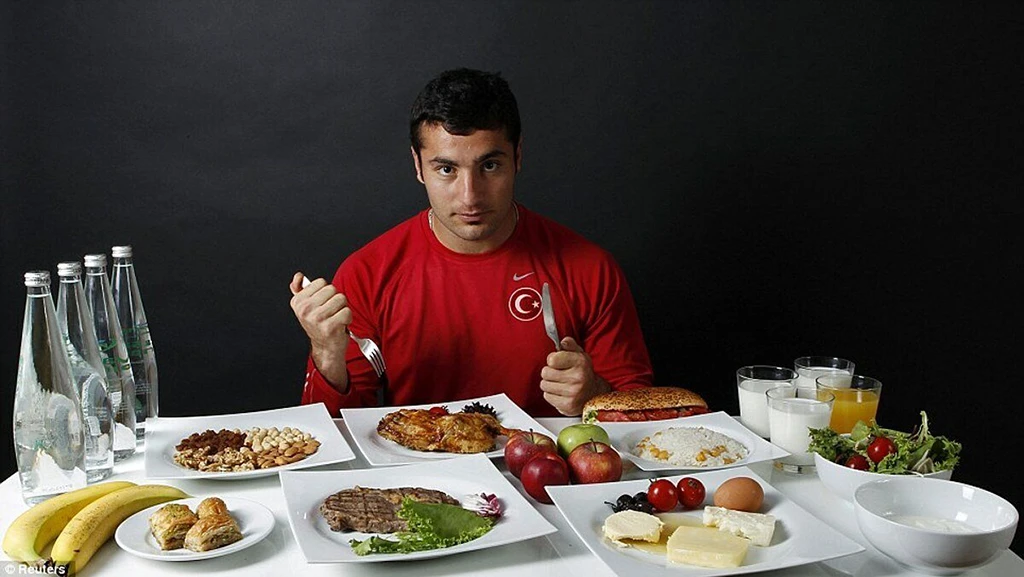
International athletes are guaranteed a diverse and strict nutritional regimen.
Each athlete has different eating preferences, but for snacks, it is recommended to eat foods rich in protein and carbohydrates with a low glycemic index, absolutely avoiding sweets, cakes and refined grains. For main meals, the night before the competition, athletes often eat starchy foods such as pasta, rice, potatoes, beans, broccoli... to recover and store energy. Breakfast is very important, needing to supplement a lot of calories and carbohydrates, lunch can include bread, rice, meat, fish, vegetables, and dinner has meat, beans, salad...
Athletes' meals are designed and adjusted according to their needs, but they need to be complete and balanced in protein, starch (bread, rice), fiber (vegetables, tubers, fruits, etc.), and foods that are good for digestive enzymes (yogurt). According to Dr. Marc Bubbs, a nutritionist who worked at the Olympics, the characteristic of professional sports is that the intensity of training and competition is very high, requiring athletes to continuously calculate their calorie and carbohydrate intake. Foods with nutritional content containing the above substances will be changed flexibly so that athletes do not get "bored", but need to be easy to digest. Meals can be divided into small portions to avoid bloating, helping athletes have enough nutrition to exercise and recover muscles throughout the day. In Vietnam, up to now, there has not been a truly clear strategy on nutrition for professional athletes. The development of nutritional science has not been considered the key to improving Vietnamese athletes.
Legendary swimmer Michael Phelps, who holds the record for most medals in Olympic history with 23 gold medals, 3 silver medals, and 2 bronze medals, was revealed to have a "huge" menu, up to 12,000 calories per day at the 2008 Olympics. Specifically, Phelps ate 3 egg sandwiches with cheese, lettuce, tomatoes, 5 omelets, 3 toasts, and 3 chocolate cakes for breakfast. For lunch, the American athlete "consumed" 0.5 kg of spaghetti, 2 large hamburgers, and drank an energy drink. For dinner, Phelps ate 0.5 kg of spaghetti, 1 pizza, and drank an energy drink to recover from muscle loss. The above diet is to compensate for the approximately 8,000 - 10,000 calories per day that Phelps consumed during 5 hours of training. In later competitions, as his calorie intake decreased, Phelps's menu changed accordingly.
ATTENTION TO EVERY DETAIL
At the 2020 Olympics, host country Japan is investing heavily in nutrition to ensure athletes are adequately energized every day. According to Japan Today , an estimated 48,000 meals will be served each day, including gluten-free food designed for athletes for the first time in Olympic history.
Japan also prepared up to 700 dishes for the athletes, divided into three groups: Western, Japanese and Asian, to meet the culinary needs of athletes from many cultures. The dishes are accompanied by nutritional information, such as the amount of calories, protein, fat, carbohydrates, sodium and salt in each serving. Nutritionists are always present at the dining table to help athletes when needed.
At the 19th ASIAD, 102,176 food items with long shelf life (with a total weight of 796.61 tons) were also carefully preserved and processed by the host country China to serve the sports delegations. The menu for athletes at the 19th ASIAD was carefully reviewed by sports nutrition experts before being designed, then submitted to the Olympic Council of Asia (OCA) for approval. Meals at the ASIAD or Olympics are guaranteed to be nutritious, free of stimulants, with local identity, serving the diverse dietary habits and nutritional requirements of athletes. At the SEA Games, the host countries also try to ensure thoughtful meals, blending local identity, but still being nutritious and easy to eat.
Participating in the 2023 World Cup in Australia and New Zealand, the Vietnamese women's team is also served a diet of the highest standards. Foods such as chicken, beef, cold cuts, fish, eggs, vegetables, fruit smoothies, etc. are designed in a variety of ways, cooked into many different dishes, helping the female players change their taste and have a variety of choices. Being carefully and professionally advised on nutrition also helps the Vietnamese women's team significantly improve their physical strength and impact strength. (continued)
The Department of Sports and Physical Training has included nutrition and improved meals in the "Project for developing Vietnamese sports to 2030, vision 2050". The Department of Sports and Physical Training has proposed to increase the quantity and improve the quality of coaches, psychologists, doctors, nurses, and nutritionists for sports teams, with a special nutritional regime for athletes.
Source link


![[Photo] "Beauties" participate in the parade rehearsal at Bien Hoa airport](https://vstatic.vietnam.vn/vietnam/resource/IMAGE/2025/4/11/155502af3384431e918de0e2e585d13a)




![[Photo] Looking back at the impressive moments of the Vietnamese rescue team in Myanmar](https://vstatic.vietnam.vn/vietnam/resource/IMAGE/2025/4/11/5623ca902a934e19b604c718265249d0)



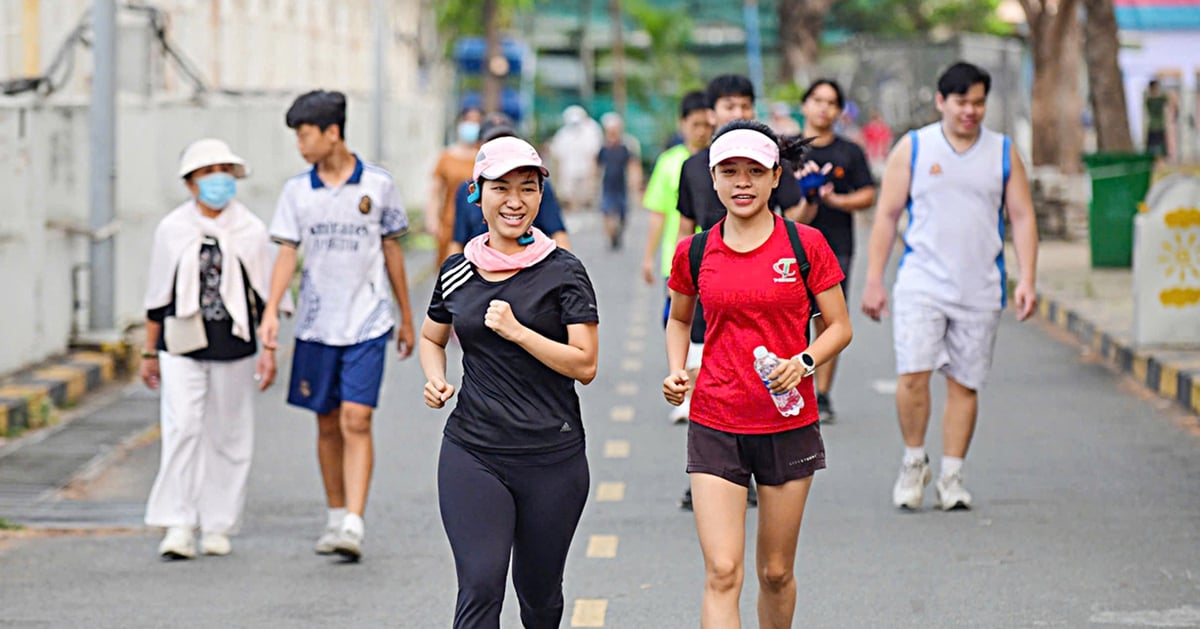



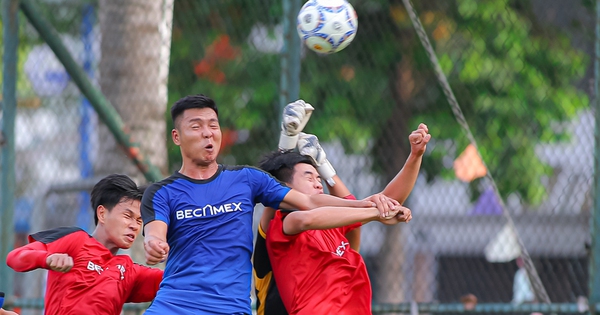


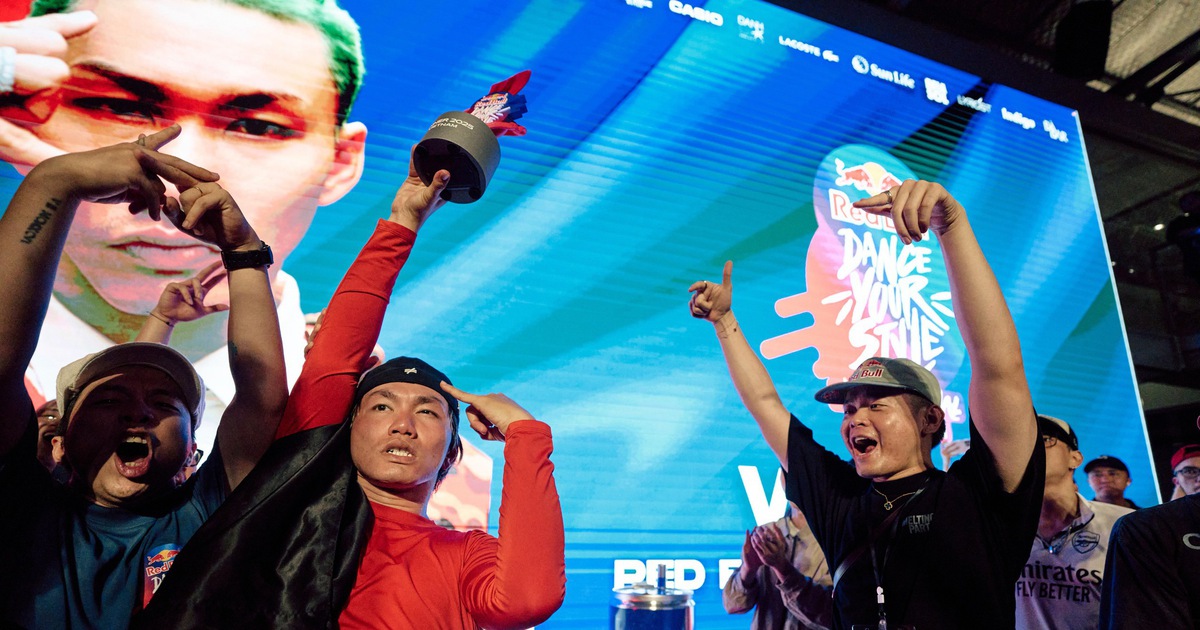

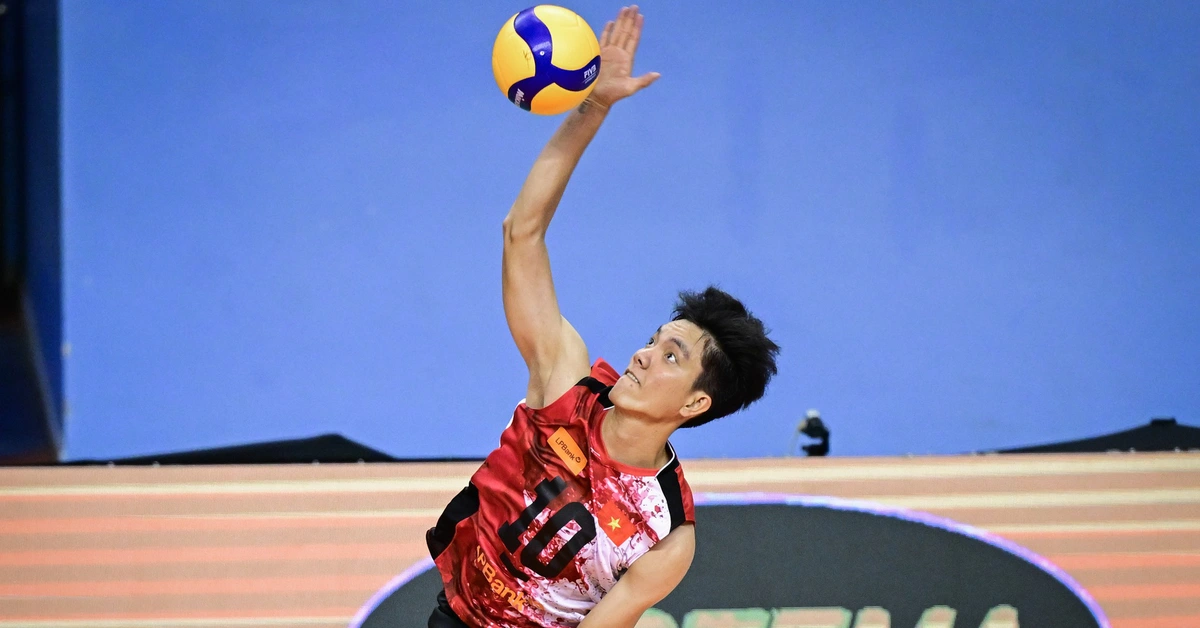




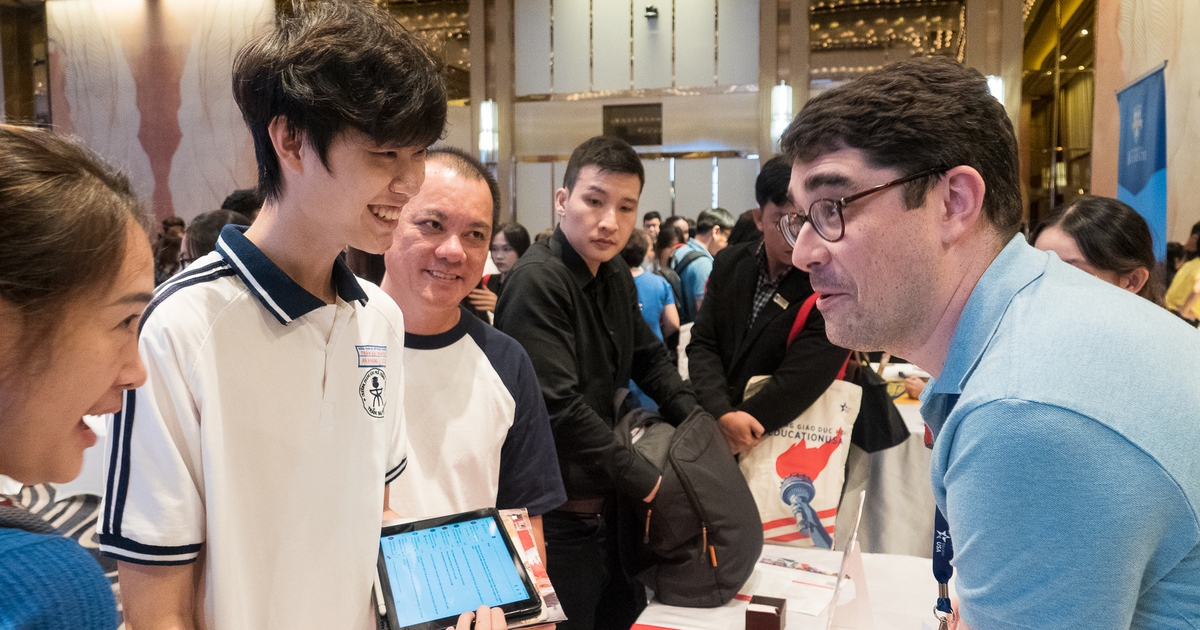

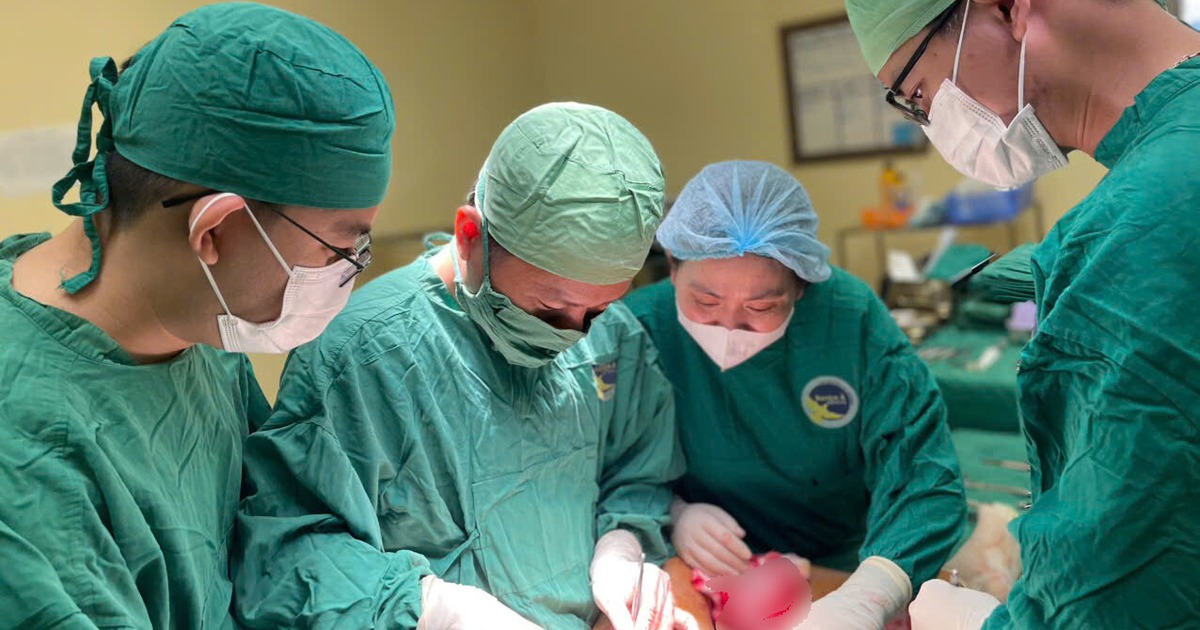


![[Photo] Summary of parade practice in preparation for the April 30th celebration](https://vstatic.vietnam.vn/vietnam/resource/IMAGE/2025/4/11/78cfee0f2cc045b387ff1a4362b5950f)






































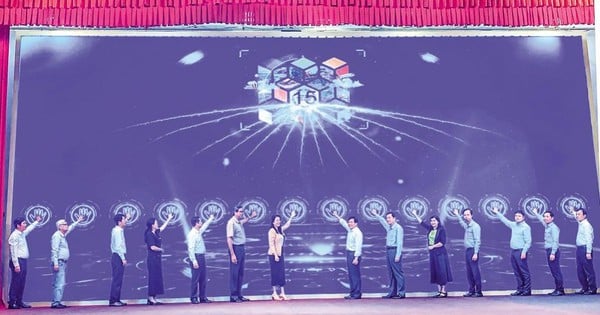







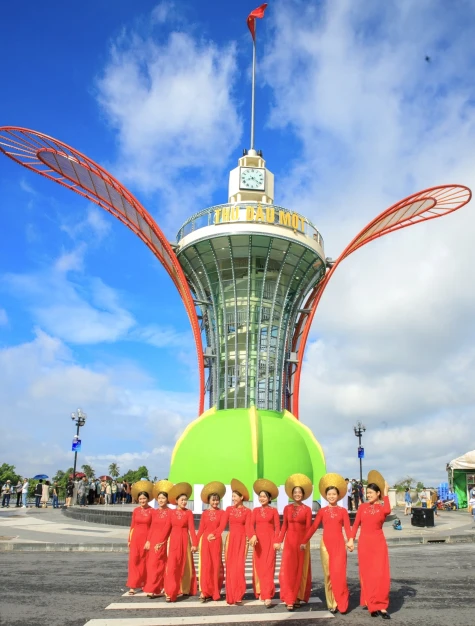

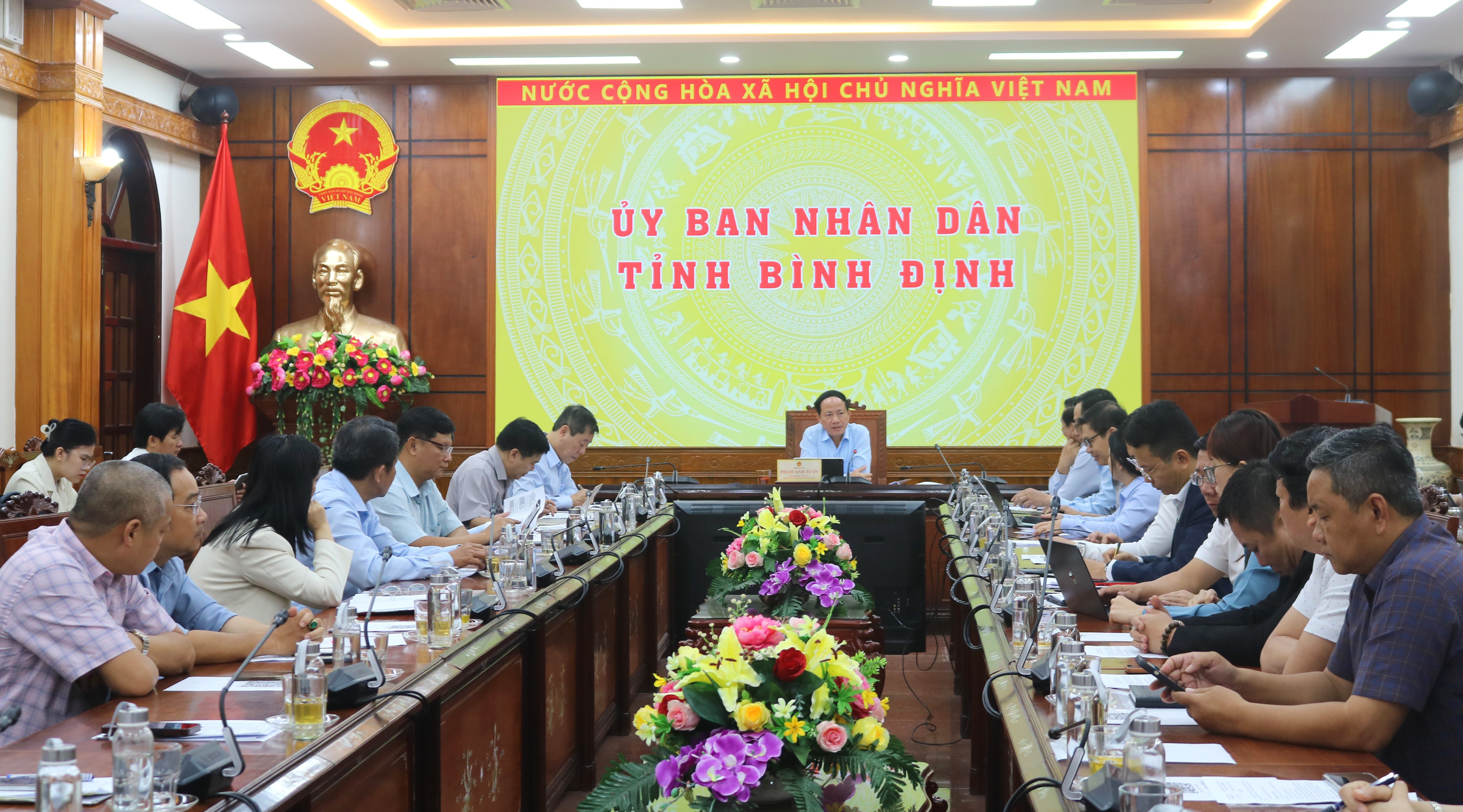













Comment (0)